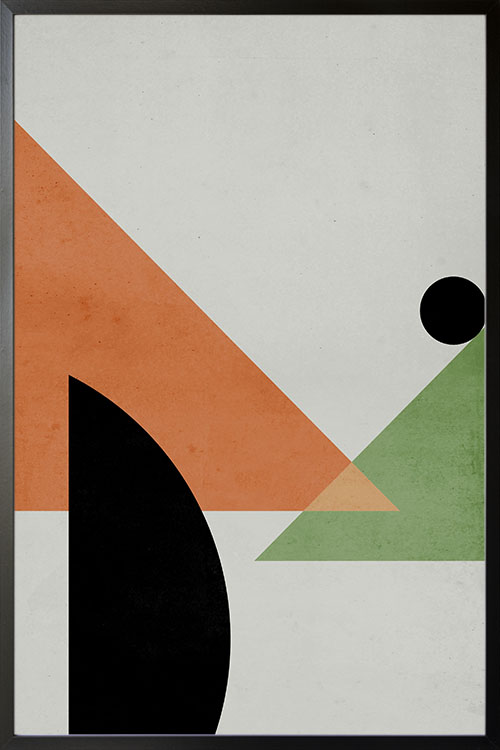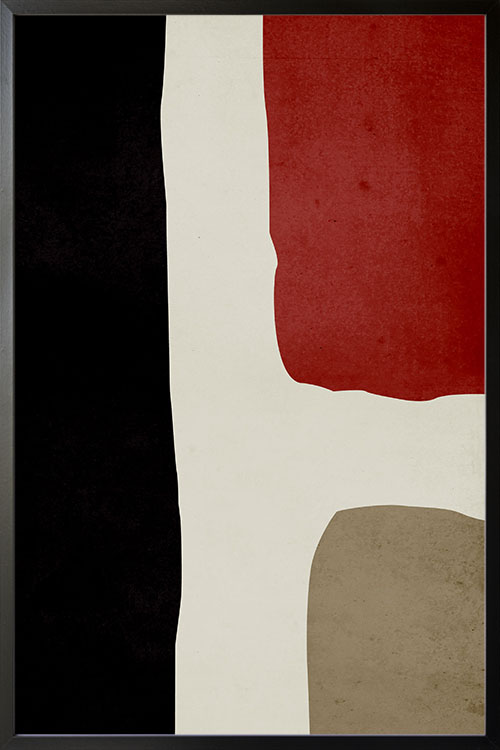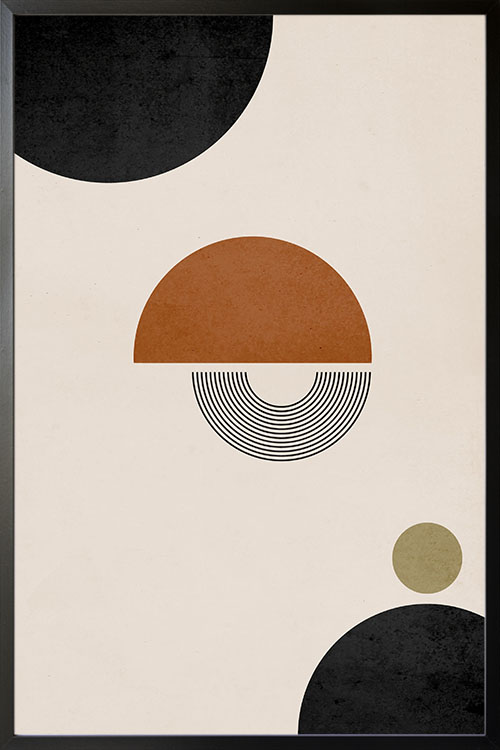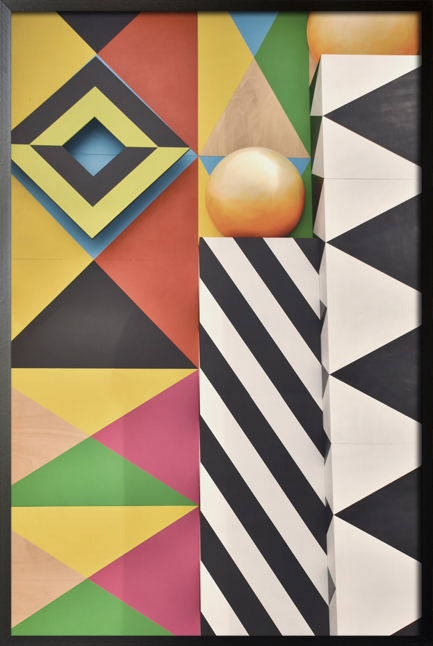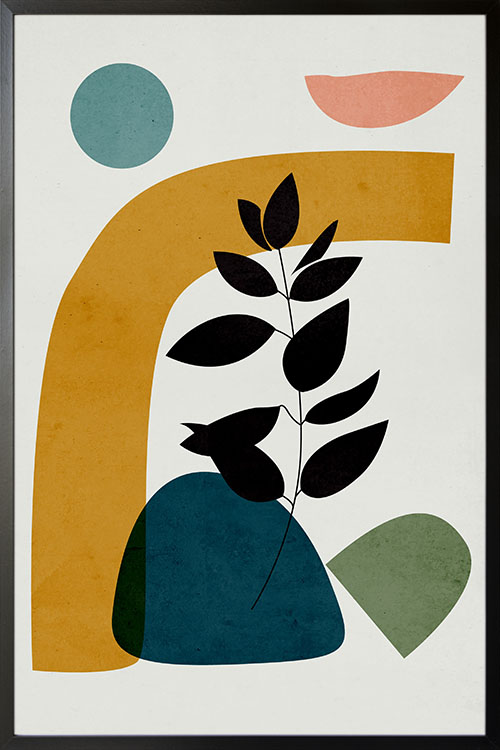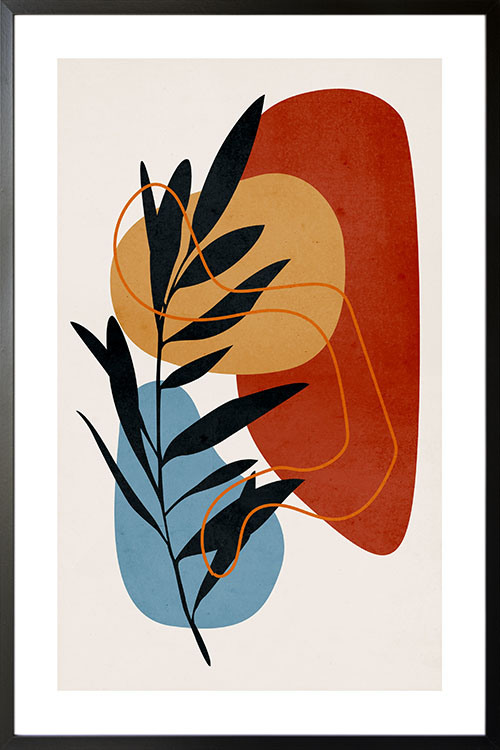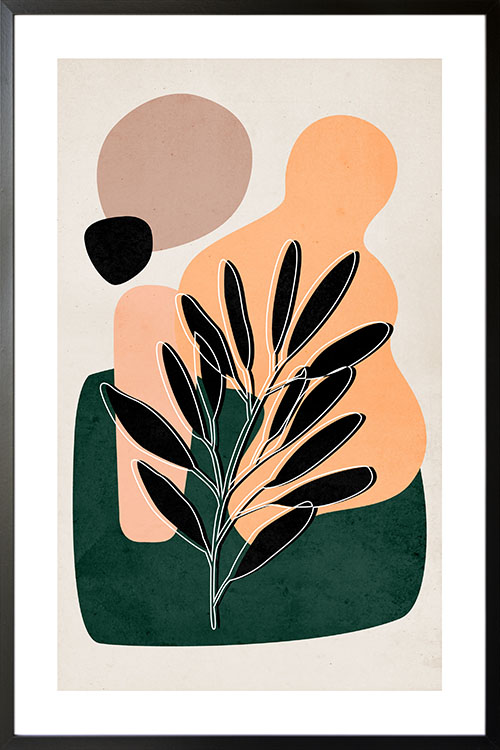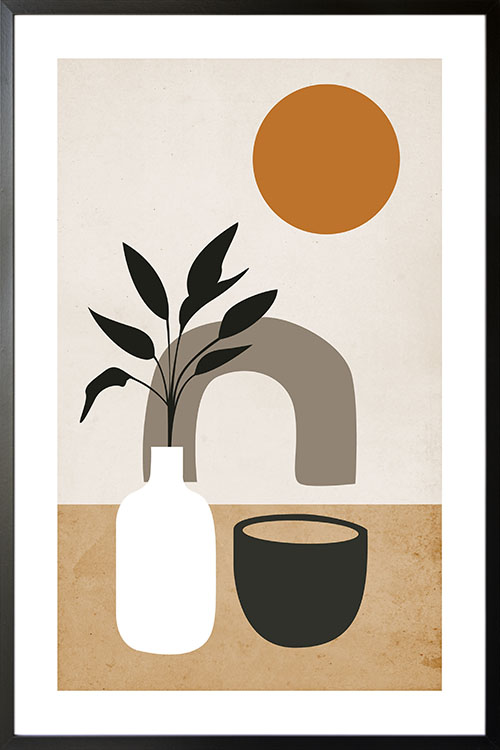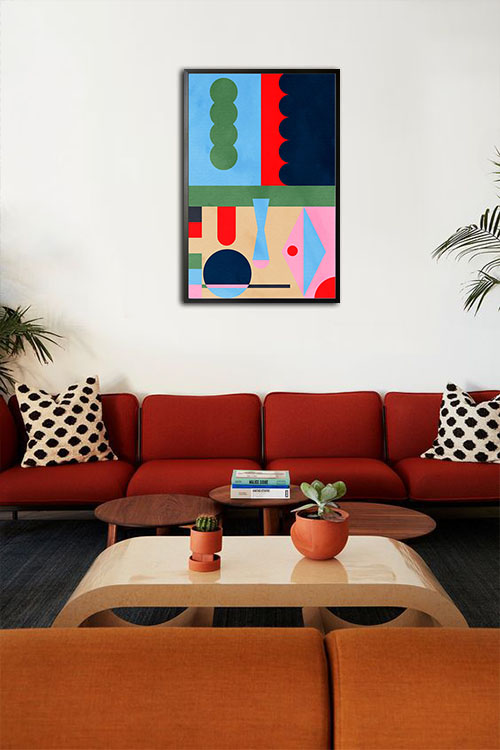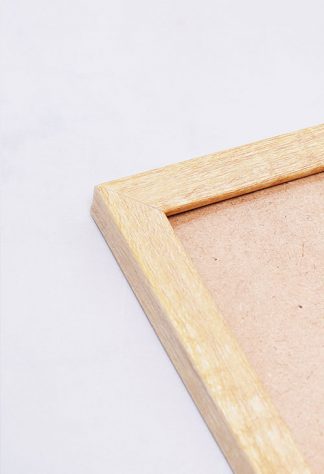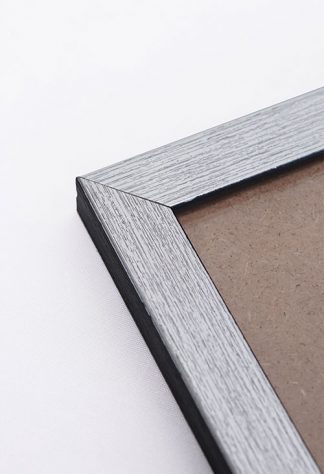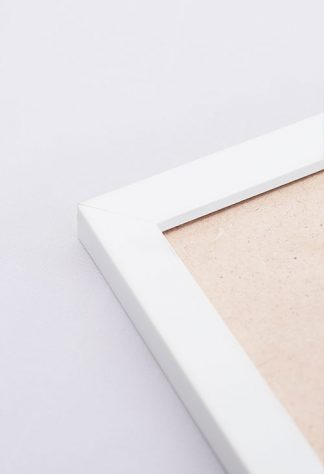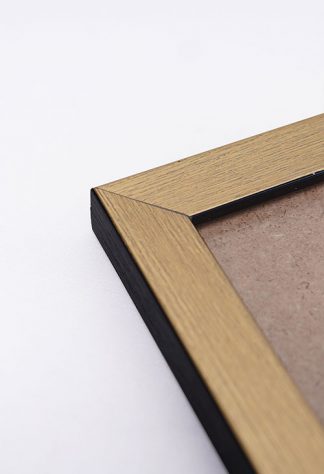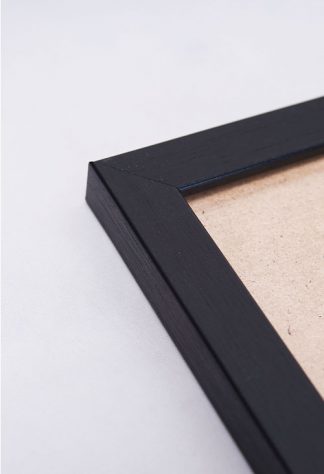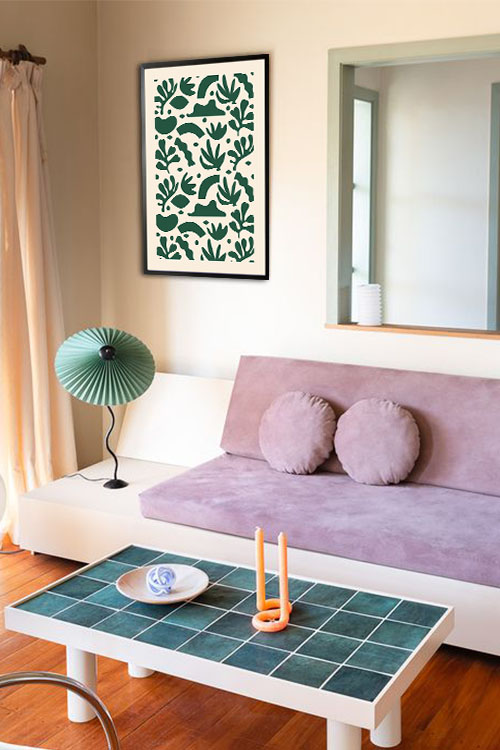
Contemporary room design is one of the favorite design styles of many homeowners these days. There are many reasons why it is on top of the list. From the furniture pieces up to the wall design, contemporary room design will surely capture your attention and interest. Read on to learn more about the design style of the century.
The contemporary design style in your room
For some time now, contemporary design style has been one of the best choices of people when designing their homes, offices, and public spaces. If simplicity and clean lines are your preferences, then this design style is the ideal interior design for you and your family. It may be hard to find the exact definition for the design style as it encompasses many embodiments. Contemporary design style has its origins that is traced from the modern art movement.
Contemporary design style characteristics
The design style makes use of shapes as one of the key elements. It uses geometric shapes, such as squares, rectangles with smooth curves, circles, and ovals. In general, it highlights simplicity with the use of few ornaments. The ornaments used though are believed to interrupt the even unbroken lines and flat surfaces.
Contemporary design style also uses different materials and the most preferred are wood and plastic. Wood is usually painted with an opaque finish that covers the natural wood grain. Shiny and glossy metals are also added to highlight the contemporary design style. For instance, chair legs and body of lamps are usually made from stainless steel. In addition to these, glass and plastic are used to smoothen surfaces.
Its origin and evolution
Contemporary design style can be traced back during the World War 2 era. It has influences from the decorative arts in the early 20th century particularly during the Art Deco period. The rise of fresh concepts and modern materials like plastics also contributed to the development of the design style.
The 1940s
In the 1940s, the design style was observed to have the combination of different styles, such as Art Deco and Jazz, with the sunny, sentimental, and patriotic accents. During this period, the decorative items were lighter and more affordable. These are then appropriate to the growing population. Furniture pieces appear simple and linear with the combination of wood and chrome.
The 1950s
The 1950s was observed to have a rise in the number of consumers. As such the demand for decorative items and other products also increased. As a result, there was a growth in the mass production of materials such as fabric and home furnishings. This mass production has made the materials more affordable for the general public. The design style during this period focused more on simplicity and functionality.
Vintage period
During the 1960s, there was a change in interior design style. Colors and patterns became more conspicuous and the appearance and style of furnishings became more relaxed. The 1970s, on the other hand, depended on earth tone colors. Moreover, hand-crafted furnishings were highlighted.
The psychedelic era
The 80s, however, are completely different. The economy is getting better, inspiring homeowners to build bigger houses. As such, furniture pieces and other decorative items also became larger. The use of bold colors is commonly seen and this is the reason why the 80s is called the psychedelic era.
The 90s
The 1990s toned down as compared to the previous decade. Furnishings were sleeker and more refined. It is also common to see walk-in closets, kitchen islands, and home entertainment rooms. As such, the design style during the decade emphasized on functionality of the style.
The design style these days
During the 21st century, functionality is still the highlight. Though, styles were improved to make them look more sophisticated. The design style has the combination of modern and eclectic elements with the addition of elements from the previous decade.
Contemporary design style has an open floor plan, the presence of primary colors, minimal design, and built-in cabinets and shelves.
